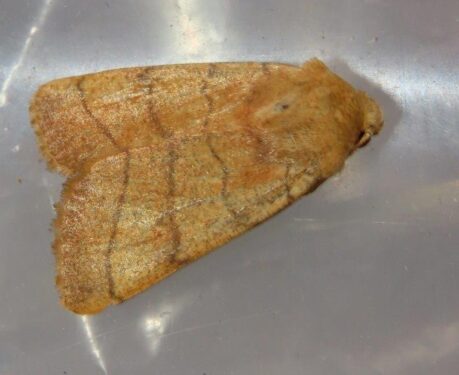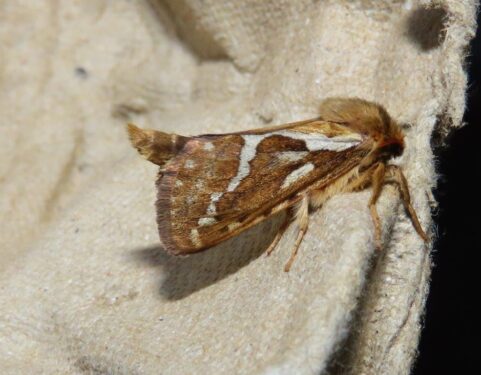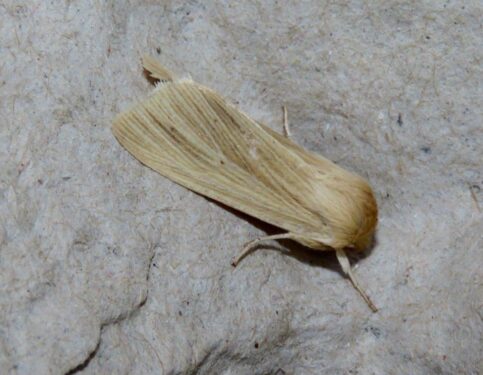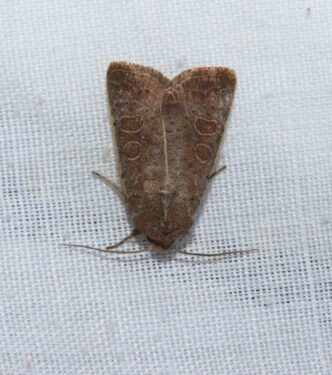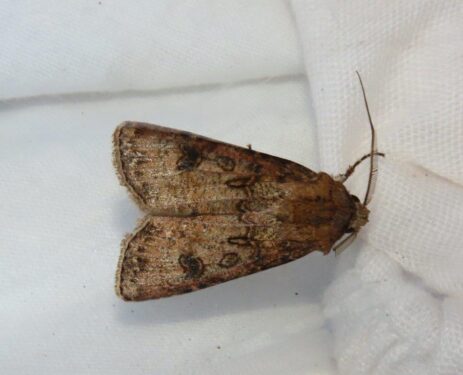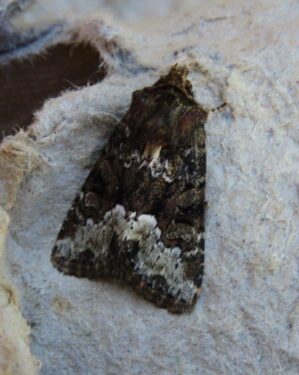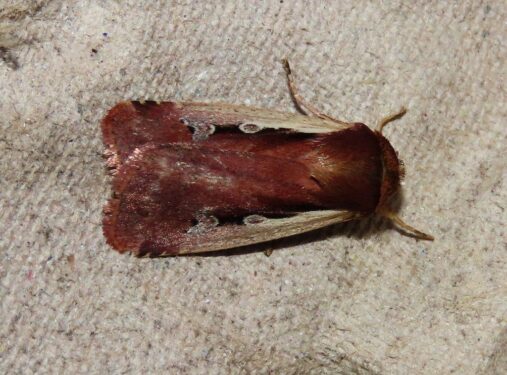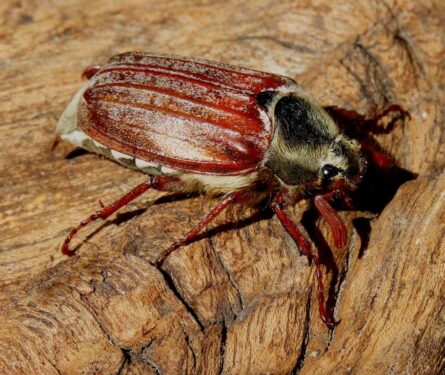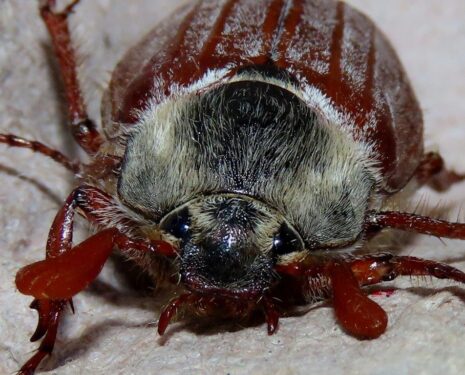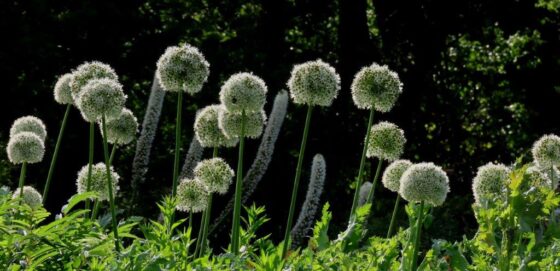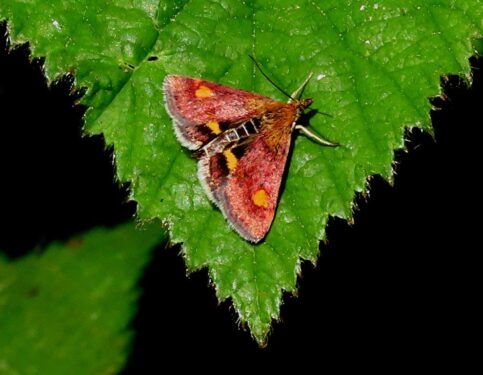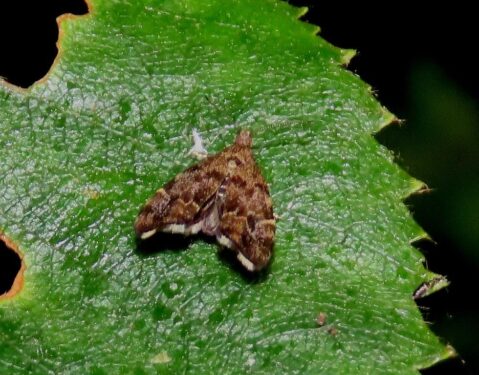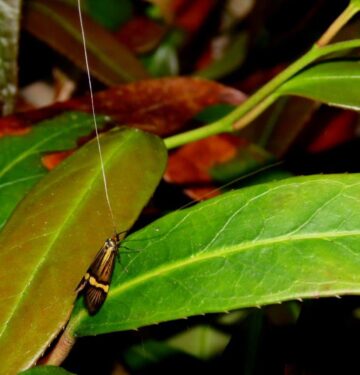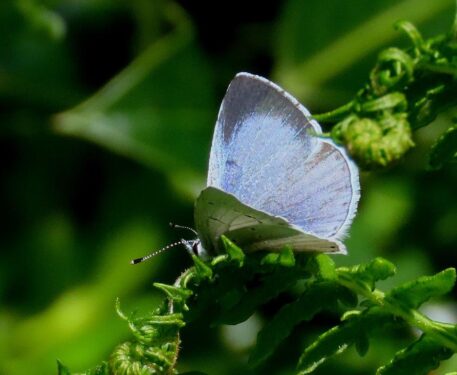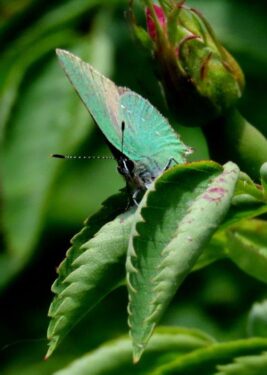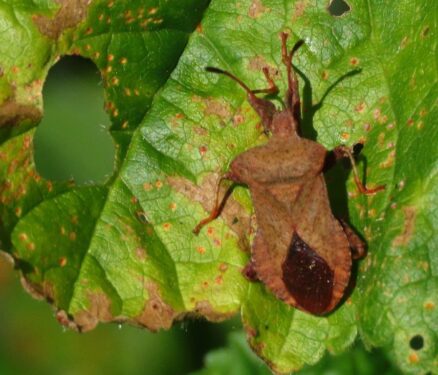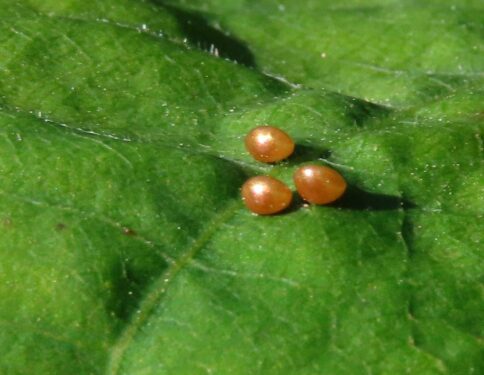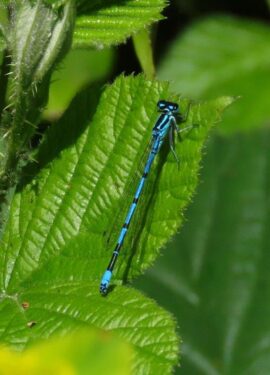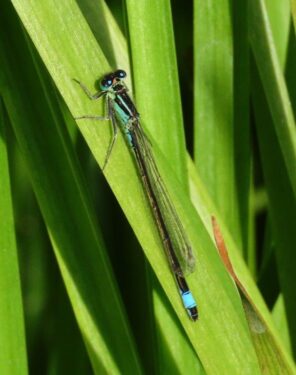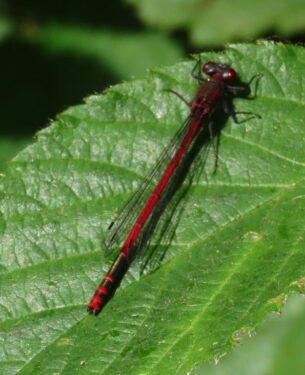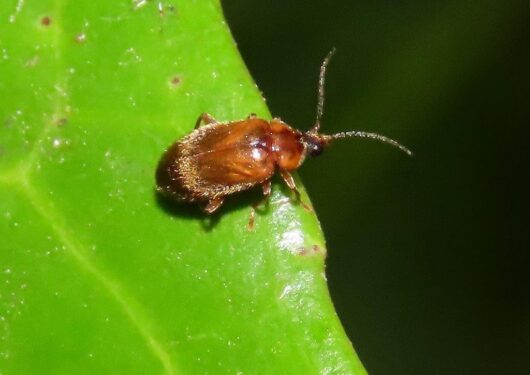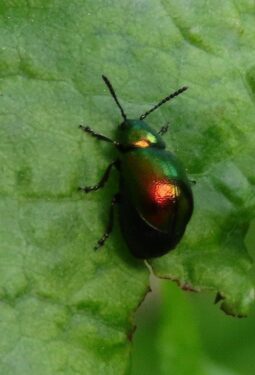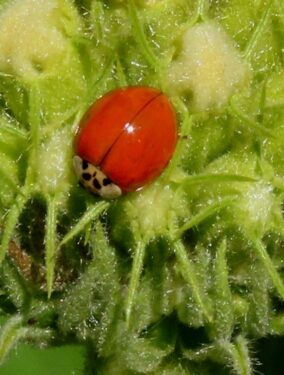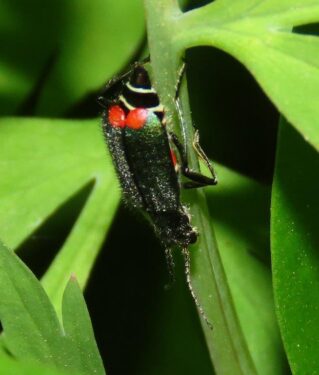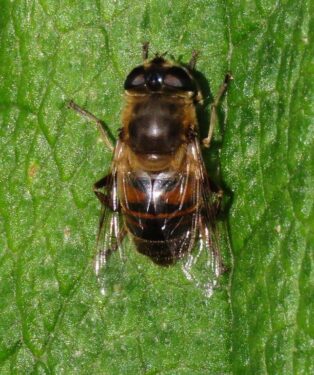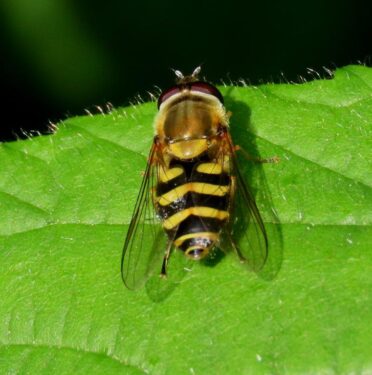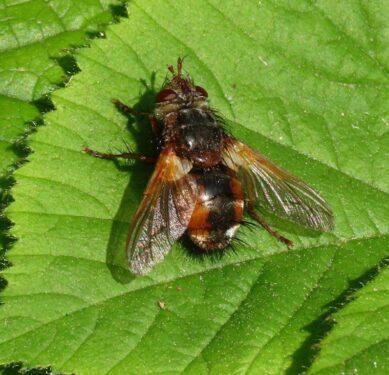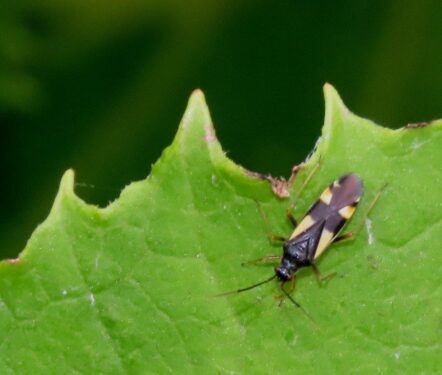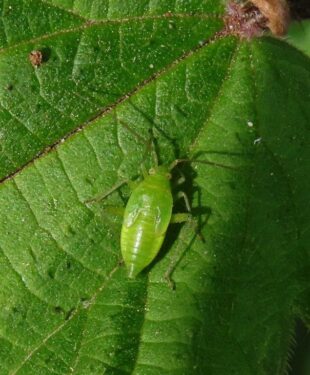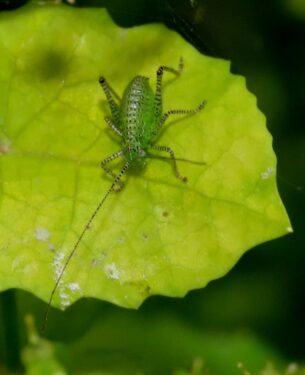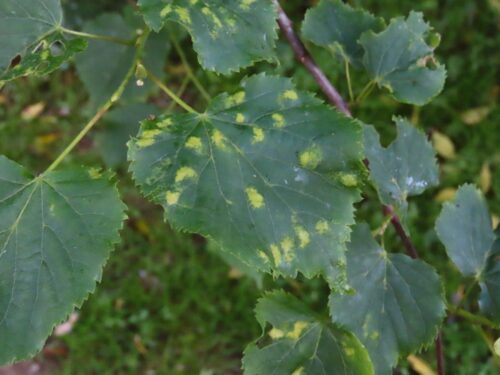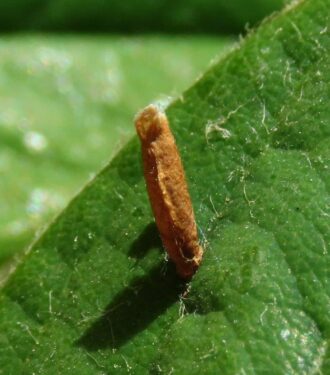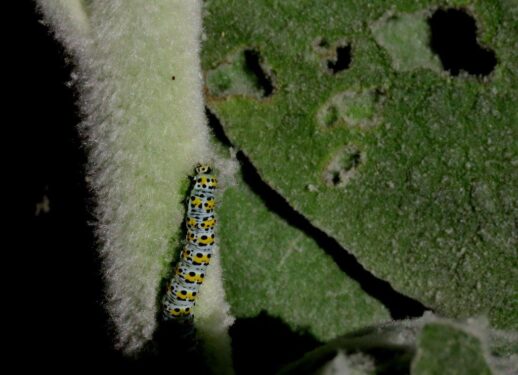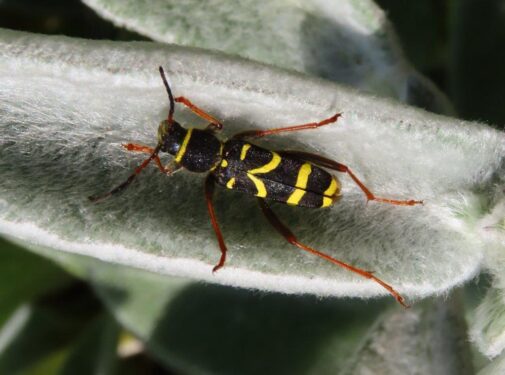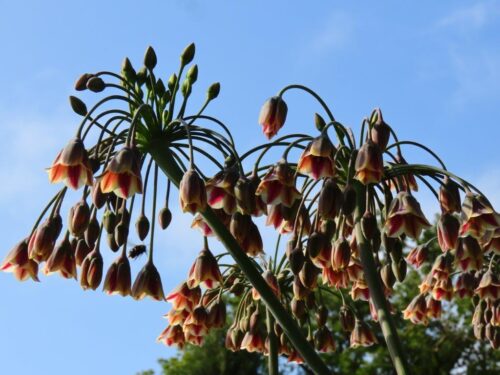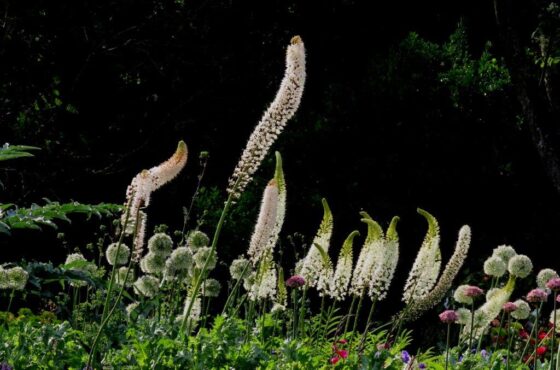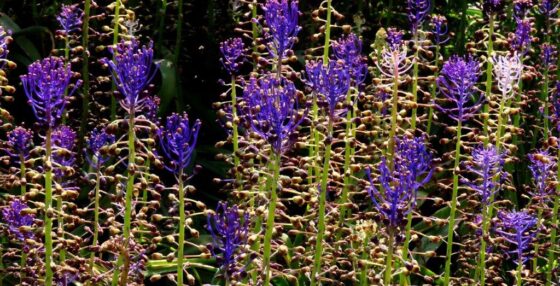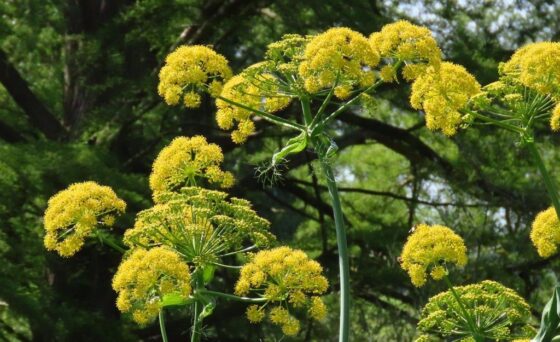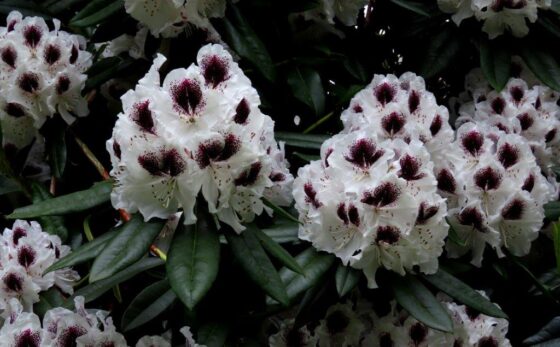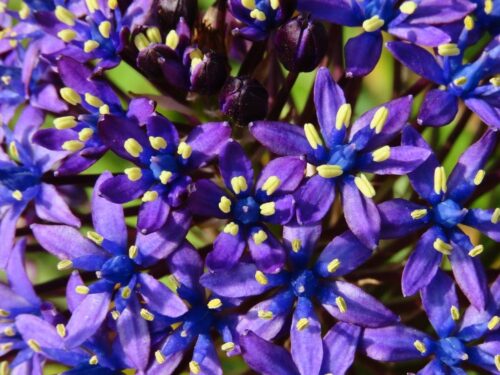It was the first of our new Marvellous Moth mornings in Beth Chatto Gardens. It was early June, the start of the peak season for moths, in terms of both number and variety. Usually! But this year, the seasons have other ideas. The perfect storm: a cold north-easterly airflow for the last six weeks has delayed Spring by several weeks, on top of last summer’s record high temperatures and drought which fried the larvae of many insects, all coming after eight post-war decades of pesticide profligacy … perhaps it is not surprising that the contents of the moth trap we ran the night previously were very meagre.
Of course there were some, but almost all were at the brown end of the normally diverse moth colour spectrum. Most common was the Treble Lines, followed by Common Swift; other species included Heart & Club, Rustic, Vine’s Rustic, Marbled Minor, Flame Shoulder, Small Fan-footed Wave and Light Emerald. In total, a paltry 13 species, totalling some 30 moths. We tried!
But star of the trap show was the single Cockchafer, a lovely large beetle…
Not wishing to dwell on doom and gloom, there are very good reasons why this event was not hugely productive. And the good news is that with luck and a successful breeding season, insect populations can bounce back very quickly, providing the environment is still there for them. And if the habitats are not there in a garden like Beth Chatto’s, essentially organic with a wide range of plants from all over the world providing nectar, pollen and leaf resources, then the planet is in very dire straits.
The other good news for our band of eight visitors is that a shorter time emptying the trap gave us more time to walk and enjoy free-range insects and other wildlife in the garden, first around the main garden in the solitude of that precious hour before the gates opened, and then later around the Beth Chatto Education Trust’s conservation area, away from the public gaze.
Before the influx of visitors, the birds are much more in evidence, and today included Song and Mistle Thrushes, singing Chiffchaffs and Chaffinches, and a fly-through Kingfisher. Several day-flying moths included the Mint Moth, Nettle Tap and disco-dancing parties of male Gold-barred Longhorn-moths…
… while the butterflies were Holly Blues, three displaying couples of Speckled Woods, and a single, resplendent Green Hairstreak, the very first one we have seen this year of a butterfly that often puts in its first showing as early as late April.
As far as other insects are concerned there were several leaf-beetles and hoverflies, Dock Bugs (and their beautiful golden eggs), Two-spotted Malachite-beetles, three species of damselfly, and a whole host of other bits and pieces, including galls (caused by a microscopic mite) on Lime tree leaves, and the interesting case of a case-bearing moth larva.
For other caterpillars we were looking at the Mullein leaves, holes in which are made by the beautiful larvae of the Mullein Moth. While much effort and many poisons are expended in lots of other show gardens to present a vision of leaf perfection to the public, in our garden those holes and the mobile adornments are a badge of honour, a sign that our garden is seeking to work with nature and not against it.
And once again, the highlight of this part of the event was a beetle, this time a confiding Wasp Beetle, a dramatically coloured yellow-and-black wasp-alike, its colours evolved to try and dissuade a hungry predator to try and turn it into a meal.
Otherwise we were looking at the plants that were delivering for bees and other pollinators, chance to plan purchases in the nursery to make our own gardens better places for wildlife: Sicilian Honey-garlic, Peruvian Squill, Rock Crane’s-bill, Giant Fennel, Tassel Hyacinths, foxtail-lilies, spurges and a whole lot more…
Do keep an eye on the Beth Chatto website Courses & Workshops – Beth Chatto’s Plants & Gardens if you might be interested in joining us for one of the Marvellous Moths events we have tentatively planned over the rest of the summer. We cannot promise more moths, but we would be surprised if there were not greater numbers and variety, and irrespective, an insect-themed educational wander round the gardens in the still of the morning before the gates open to the public is always a precious moment.

